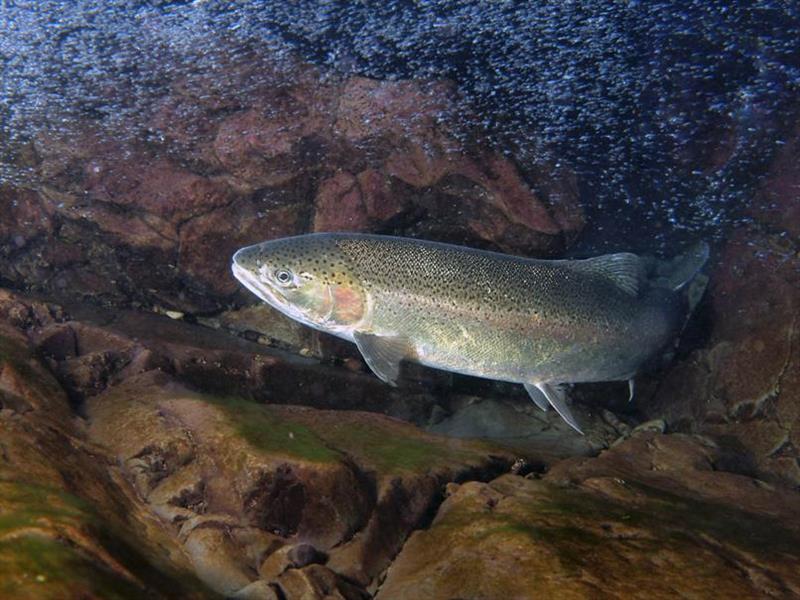
Explore essential fish habitats with updated interactive mapper
by NOAA Fisheries 30 Jul 2021 18:32 UTC

Steelhead for NWFSC © John McMillan
We're excited to launch an updated version of the Essential Fish Habitat Mapper with improved layout, navigation, and functionality.
EFH is the habitat managed species need to complete their life cycles and it serves a foundational role in sustainably harvested U.S. seafood. The EFH Mapper is an interactive tool for viewing important habitats for managed fish species.
Users of the tool can discover where managed fish species spawn, grow, or live in a chosen location on the map. They can also generate a report with supporting documentation. They can access maps of EFH areas protected from fishing and habitat areas of particular concern; fishery management plans; and embedded NOAA nautical charts. They can also download GIS data.
The redesigned tool includes the following improvements and new features:
- Simplified layout and menu options for easier navigation
- Added ability to look at all data within a specific region, find locations by address or latitudinal and longitudinal coordinates, and control data layer visibility
- Customized data filtering tool for the region of interest
- Increased context and information provided in pop-up windows
- Improved response time for accessing species information and generating reports of supporting materials
Informing EFH consultations
We work with partners like regional fishery management councils and use the best available scientific information to identify, describe, and map EFH for all federally managed fish species.
The Magnuson-Stevens Act directs NOAA Fisheries and the councils to minimize adverse effects on EFH from fishing activities. It also directs federal agencies to consult with NOAA Fisheries on any actions—varying from port expansions to offshore energy development—that occur where EFH is designated. With more than 2,300 federal actions proposed each year, the EFH Mapper is used by natural resource managers, often early in the consultation process. It helps them to identify species and life stages potentially affected by their agency's activities.
Protecting and restoring EFH has helped to maintain productive fisheries and rebuild depleted fish stocks in the United States. Through EFH consultations, NOAA Fisheries supports the $244 billion U.S. fishing industry while protecting nearly 2.2 billion acres of habitat. Our economy and fishing industry benefit from sustainable fisheries supported by productive habitats that provide high-quality seafood.